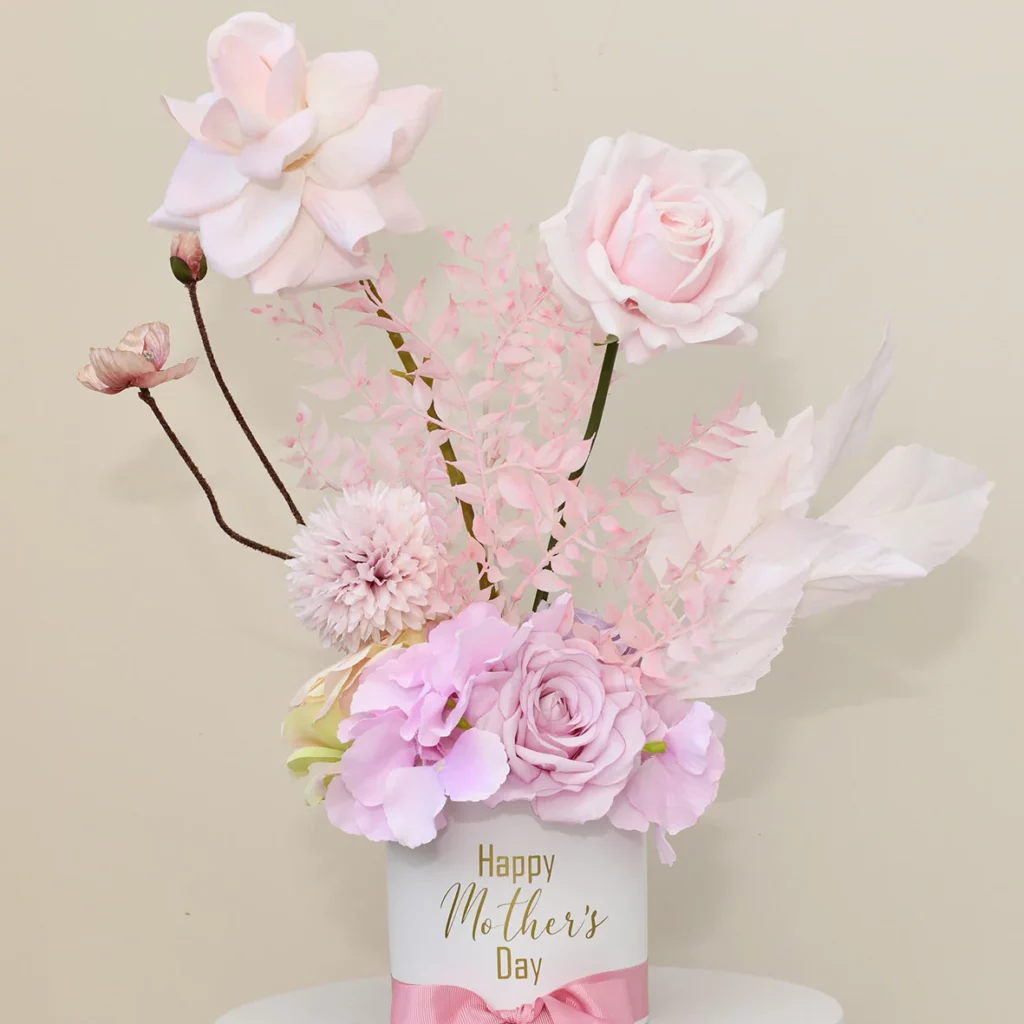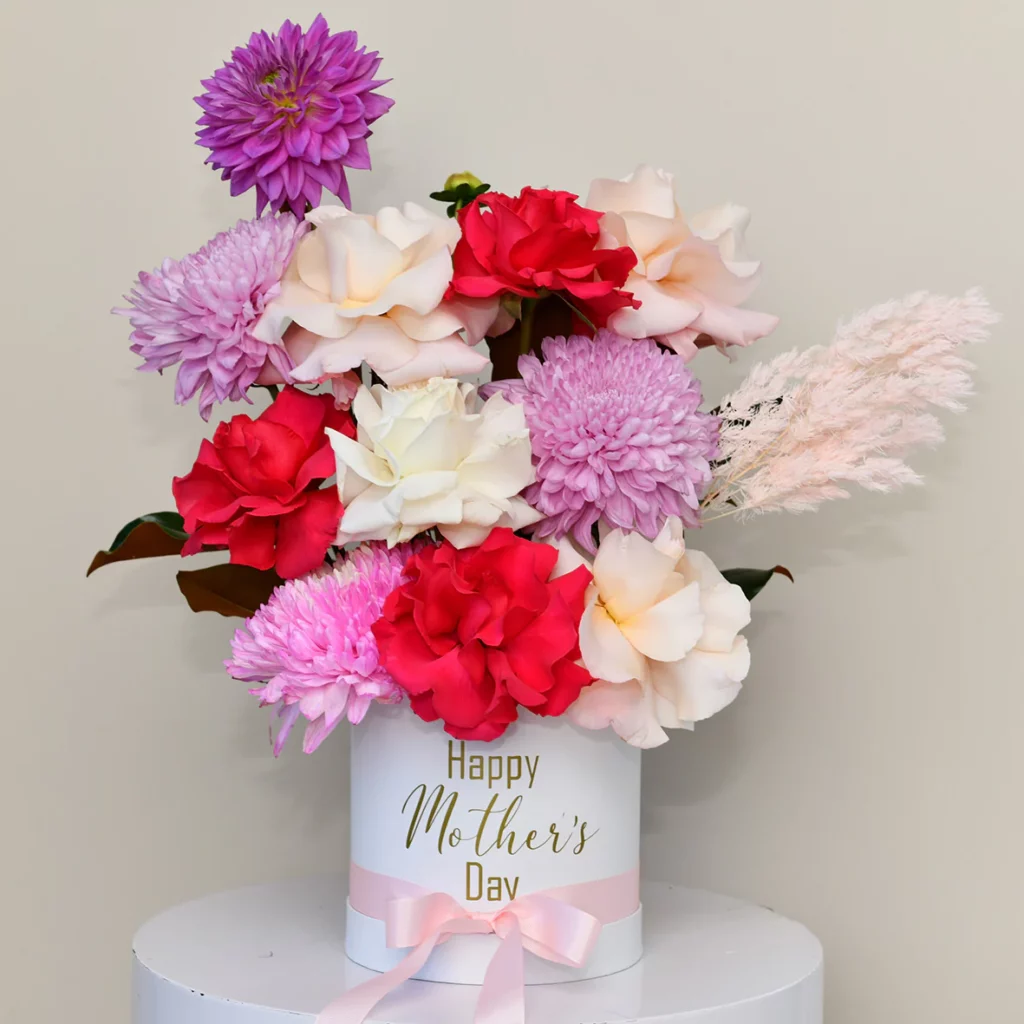Mother’s Day is a special occasion that honors the women who have nurtured and cared for us throughout our lives. One of the most beloved gifts to express gratitude and love on this day is flowers. Not only do flowers brighten a room, but they also convey emotions that words sometimes cannot capture. In this article, we will explore the significance of gifting flowers, the symbolism behind different blooms, and helpful tips for choosing and preserving the perfect bouquet for your mother.
The Significance of Giving Flowers on Mother’s Day
Giving flowers on mothers day flowers holds a deep-rooted significance that transcends generations. Flowers have long been associated with love, appreciation, and beauty, making them an ideal gift for mothers. This practice offers a way to express feelings that might be difficult to put into words, and it symbolizes the joy and beauty of the maternal bond.
Through their vibrant colors and delightful fragrances, flowers evoke feelings of comfort and happiness. When mothers receive flowers, it serves as a reminder of their value and the importance of their role in the family. It is a gesture that reinforces emotional connections and creates lasting memories.
The History of Gifting Flowers on Mother’s Day
The tradition of giving flowers on Mother’s Day can be traced back to ancient cultures. The ancient Greeks honored their mother goddess, Rhea, by offering flowers during springtime festivals. Similarly, the Romans celebrated maternal figures with floral tributes, highlighting the connection between flowers and motherhood.
In the 20th century, the modern celebration of Mother’s Day gained prominence, notably popularized by Anna Jarvis in 1908. To commemorate her mother’s love and sacrifices, she organized the first official Mother’s Day service and urged participants to give their mothers white carnations. Since then, gifting flowers became an integral part of Mother’s Day, evolving into a cherished tradition worldwide. This evolution has seen the introduction of various flower types and arrangements, each carrying its own unique meaning and symbolism, further enriching the experience of giving and receiving flowers on this special day.
Emotional Impact of Receiving Flowers
The emotional impact of receiving flowers cannot be overstated. Research shows that receiving flowers triggers happiness and satisfaction. It can brighten a mother’s day, offering an instant mood boost and reducing feelings of stress or loneliness. The beauty of flowers and their natural fragrance can also foster feelings of warmth and love, thus enhancing emotional well-being.
Moreover, giving flowers helps to strengthen relationships. It is a simple yet profound way to communicate affection and appreciation. When a mother receives a thoughtful bouquet, she feels cherished and recognized, contributing positively to her sense of self-worth. Additionally, the act of choosing the perfect flowers can be a meaningful ritual for the giver, as they reflect on their mother’s personality and preferences, making the gift even more special. This thoughtful selection process can deepen the bond between mother and child, as it showcases the giver’s understanding and appreciation of their mother’s unique qualities.
Furthermore, flowers can serve as a lasting reminder of the love shared between a mother and her children. Many mothers choose to preserve their bouquets by drying the flowers or pressing them into keepsakes, creating tangible memories that can be cherished for years to come. This practice not only highlights the emotional significance of the gift but also transforms a fleeting moment of joy into a lasting symbol of love and appreciation that can be revisited time and again.
Understanding the Symbolism of Different Flowers
Each flower carries its unique symbolism and meaning, which can help you choose the right blooms that resonate with your mother’s personality and preferences. Understanding these meanings allows you to convey the intended message behind your gift.
Roses and Their Meanings
Roses are perhaps the most iconic flowers to give, symbolizing love and passion. Each color of rose has its specific meaning: red roses represent deep love, pink roses symbolize admiration and gratitude, and yellow roses convey joy and friendship. Selecting the right color can add a personal touch to your gift, making it even more special. Beyond their colors, roses also have a rich history and cultural significance. In ancient Rome, roses were associated with Venus, the goddess of love, and were often used in celebrations of romance and beauty. This historical context adds layers to the gift of roses, making them not just a floral arrangement but a timeless expression of affection that transcends generations.
The Message Behind Lilies
Lilies, another popular choice for Mother’s Day, signify purity and refined beauty. White lilies are often associated with motherhood, making them a great choice to honor moms. Their elegant form and delightful scent can add sophistication to any bouquet, and they represent a sweet sentiment of love and devotion. Additionally, lilies have been used in various cultures as symbols of renewal and rebirth, often linked to springtime and new beginnings. This makes them particularly fitting for celebrating mothers, who embody nurturing and growth in their families. The presence of lilies in a bouquet can evoke feelings of tranquility and peace, creating a serene atmosphere that reflects the love and care mothers provide.

Tulips: More Than Just Beautiful Blooms
Tulips are not only visually stunning but also carry a variety of meanings depending on their color. For instance, red tulips symbolize declaration of love, while yellow tulips convey cheerfulness and sunshine. This diversity makes tulips an excellent choice for Mother’s Day, representing the various facets of a mother’s love. Originating from Persia and later popularized in Europe during the 17th century, tulips have a fascinating history that adds depth to their beauty. The “Tulip Mania” of the Dutch Golden Age is a notable event where tulip bulbs became so valuable that they were traded like currency, highlighting their allure and desirability. By gifting tulips, you not only present a beautiful flower but also share a piece of history that celebrates the joy and vibrancy mothers bring into our lives.
How to Choose the Right Flowers for Your Mother
Choosing the right flowers for your mother involves considering her preferences, personality, and the occasion itself. Taking the time to select blooms that resonate with her tastes can make your gift even more meaningful.
Considering Your Mother’s Preferences
Before making a selection, think about the types of flowers your mother enjoys. Does she have a favorite flower, or is there a specific flower that holds sentimental value for her? For example, if she loves daisies, offering her a bouquet filled with them would not only be thoughtful but also heartwarming. Understanding her tastes can help you create a meaningful gift. You might also consider flowers that remind her of special moments, such as the blooms from her wedding or flowers she received on a memorable birthday. This personal touch can evoke cherished memories and deepen the emotional significance of your gift.
Matching Flowers to Her Personality
- Classic Personality: Traditional flowers like roses or lilies will suit her well.
- Creative Personality: Unique varieties such as orchids or exotic blooms will impress her.
- Playful Personality: Bright, cheerful flowers like sunflowers or gerbera daisies can bring a smile to her face.
By aligning the flower choice with her personality, you enhance the emotional connection of your gift, demonstrating an understanding of her individuality. Additionally, consider the colors that resonate with her; for instance, soft pastels may appeal to a gentle spirit, while vibrant hues could reflect a more adventurous nature. The combination of flower type and color can truly encapsulate her essence and show how well you know her. Click here to learn about Mother’s Day Flowers in Sydney: the perfect bouquets to show your love.
Factoring in the Season and Availability
When selecting flowers, it’s essential to consider the season and their availability. Certain flowers bloom during specific months, which means that they may be hard to find out of season. Opting for seasonal flowers not only ensures freshness but can also be more economical. Research local floral shops or farmer’s markets to discover which blooms are currently in season—they will likely be of better quality and more vibrant. Furthermore, seasonal flowers often carry a special significance tied to the time of year; for example, tulips in spring symbolize renewal and hope, while chrysanthemums in fall represent joy and optimism. Embracing the seasonal aspect of flowers can add an additional layer of meaning to your gift, making it even more special for your mother.
Tips for Preserving Mother’s Day Flowers
After gifting flowers, a common concern is how to keep them looking fresh for as long as possible. Taking some steps toward preservation can enhance the longevity of your floral gift, allowing your mother to enjoy the blooms even longer.
Proper Watering Techniques for Fresh Flowers
One of the most critical factors in keeping flowers fresh is proper watering. Always use clean water that’s at room temperature, and be sure to refill the vase as needed. Additionally, adding a floral preservative can help nourish the flowers and extend their lifespan. Make sure to remove any leaves that would be submerged in the water, as this can promote bacteria growth. It’s also beneficial to use a vase that is appropriately sized for the bouquet; a vase that is too small may restrict the flowers’ ability to absorb water effectively.
The Role of Sunlight and Temperature
Where you place the flowers is equally important. Keep the arrangement out of direct sunlight and away from heat sources. Excessive warmth can cause flowers to wilt prematurely, so a cool, shaded area works best. Regularly check the water levels and change the water every couple of days for optimum freshness. Additionally, consider the humidity levels in the room; flowers thrive in environments that have a moderate humidity, so using a humidifier can be beneficial, especially in dry climates.

When and How to Re-cut Flower Stems
Re-cutting the stems is an essential part of flower care that many people overlook. When you first receive the flowers, cut about one inch off the stems at an angle before placing them in water. This helps them absorb more water. After a few days, re-cut the stems again to ensure the flowers continue to take in water effectively, promoting longevity. Remember to use sharp scissors or a knife to make a clean cut, as jagged edges can impede water absorption and lead to quicker wilting.
In summary, Mother’s Day flowers are a timeless gift that encapsulates love, appreciation, and respect for all mothers. Understanding the significance, symbolism, and emotional impact of flowers can help you choose the right blooms for your mother, enhancing not just the gift but the bond you share. By following simple tips for preservation, you can ensure that your thoughtful gift can be cherished for days to come. Furthermore, consider incorporating a personal touch by attaching a handwritten note or a small card with care instructions. This not only shows your thoughtfulness but also helps your mother remember the special occasion each time she admires her flowers. You might even suggest a fun activity, such as creating a floral arrangement together, which can turn the gift into a memorable experience that strengthens your relationship even further.

